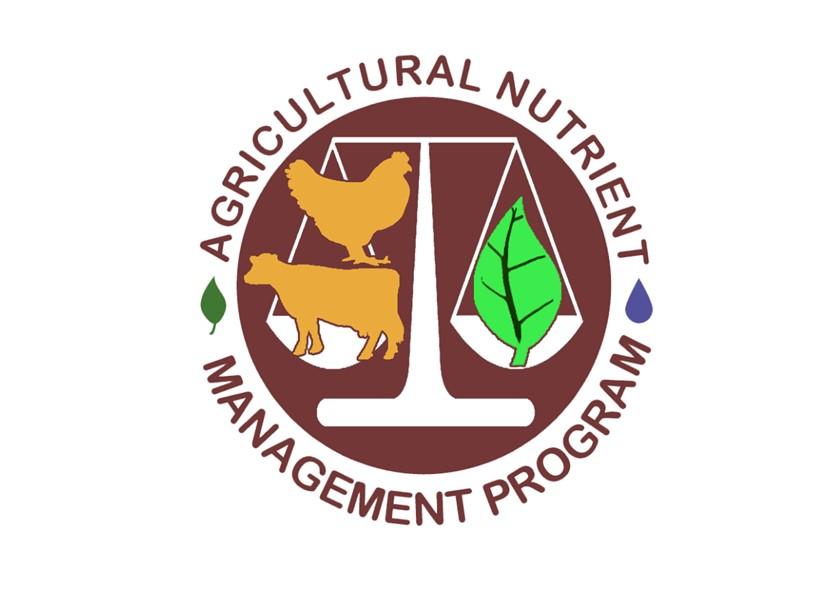Soil Testing
Why is Soil Fertility Important?
Soil fertility plays a critical role in forage systems, affecting not only forage production or yield but also forage establishment, root growth, nutrient uptake, forage quality, and stand persistence and vigor over time. Ensuring balanced soil fertility and adequate availability of soil nutrients will optimize the health, productivity, and longevity of your forage stand.
Why Test Your Soil?
Soil testing is an essential tool for measuring soil fertility. Representative soil samples which have been properly collected and analyzed provide information on soil pH, nutrient levels, and organic matter content and become the basis for nutrient recommendations and soil pH adjustments. Knowing the nutrient concentrations in your soil takes the guesswork out of fertilizing, helping you to pinpoint potential nutrient deficiencies and to ensure plants have the necessary nutrients to support optimal growth and production. It also helps to reduce over-applying fertilizer, saving money on unnecessary fertilizer costs and keeping excess nutrients out of Maryland’s groundwater and surface waters.
How to Take a Soil Sample
Proper soil sampling is essential for accurate results. A small amount of submitted material typically represents a large area, so it is essential to obtain a representative sample. Therefore, sampling technique is extremely important. Some general guidelines are outlined below.
When soil sampling, separate samples should be taken for fields with distinct management units or areas. Areas with differing soil types, cropping histories, or production potentials should be sampled and managed separately. In other words, the sample should represent the soil in which the plants are or will be growing in. Within each management unit, use a soil probe to collect 15 to 20 random samples down to a 6 to 8-inch depth across the entire area. Try to avoid sampling unusual areas, such as the areas around livestock feeders or water troughs and along alleyways, old fence lines, or wet areas. Combine all of the samples together in a clean plastic bucket and mix thoroughly, breaking up any soil aggregates and removing any rocks, debris, or plant parts. Once thoroughly mixed, take a subsample by collecting handfuls or scoops of soil from different parts of your sample. If the soil is wet, spread your sample out and allow it to air dry. Place the final sample in a labeled Ziploc or soil sampling bag. Fill out the soil test submission form from the lab of your choosing and mail the soil sample along with the completed form to the laboratory for analysis.
Additional details on proper soil sampling procedures can be found at the following link: Soil Sampling Procedures for Nutrient Management
Where to Send Soil Samples for Analysis?
The accuracy of a soil analysis depends on the analytical procedures used and the precision of laboratory techniques. Many different soil testing laboratories are available for testing your soils.
A few options for soil testing labs are listed below. All of the listed labs offer soil testing and provide reports that include lime and fertilizer recommendations. Be sure to check out the website for information on services, pricing, and sample submission. Additional details on these soil testing labs can be found at the following link: Comparison of Soil Test Labs
*The University of Maryland does not endorse particular businesses and the inclusion or exclusion of specific labs does not reflect a bias.
